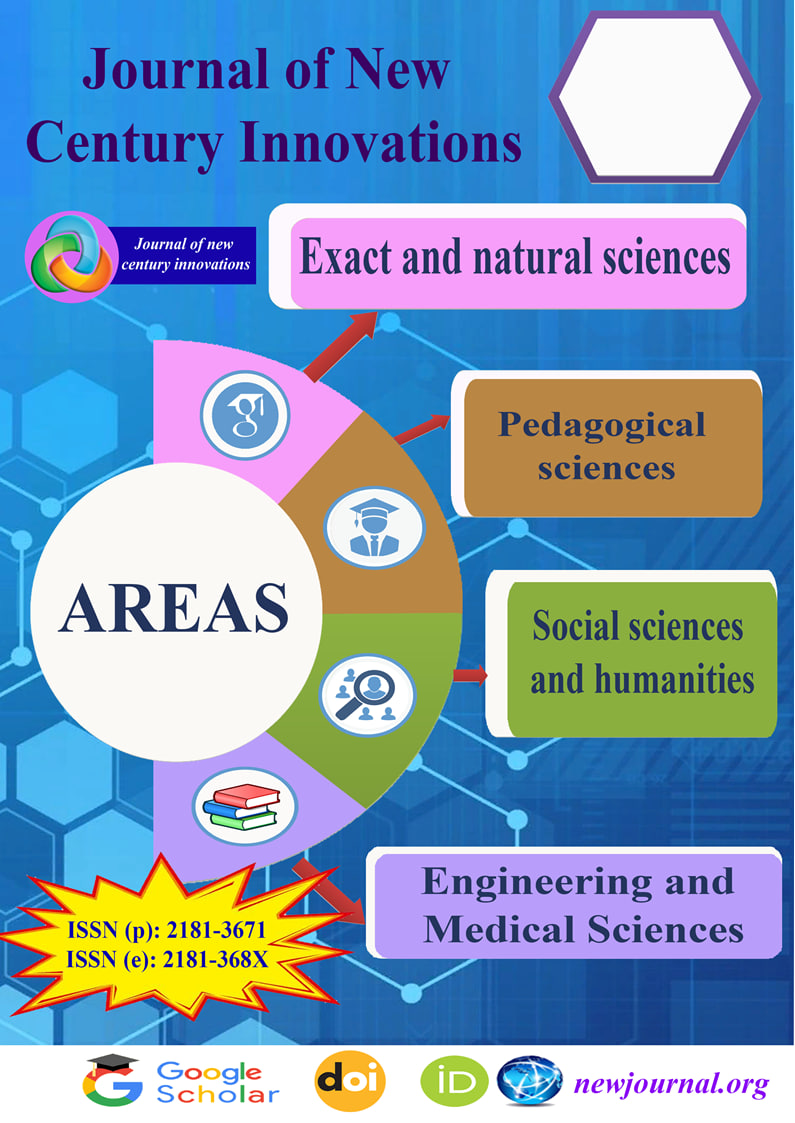SIMILARITIES AND DIFFERENCES OF THE CATEGORY OF VOICE IN ENGLISH AND UZBEK LANGUAGES
Keywords:
Key words: voice, active, passive, reflexive, superlative and togethernessAbstract
Annotation: This article explores the voice category in English and Uzbek languages, focusing on similarities and differences in the use of active, passive, and middle voices. Through detailed analysis, it examines the formation of voice, its grammatical features, and its significance in linguistic structures. Examples and constructions are used to illustrate distinctive characteristics of the voice category, highlighting structural variations and similarities between the two languages.
References
. Chinor: roman / Asqad Muхtor. – Toshkent: Yangi asr avlodi, 2017. – 576 b.
. Erkaboyeva N. O’zbek tilidan ma’ruzalar to’plami. T.: “Akademnashr”, 2019. 495 p.
. Irisqulov A. T. Theoretical grammar of English. T.: “Nashriyot”, 2006. 64 p.
. The Little Prince.http://www.bomoo.com 2003.7 .85 p.

